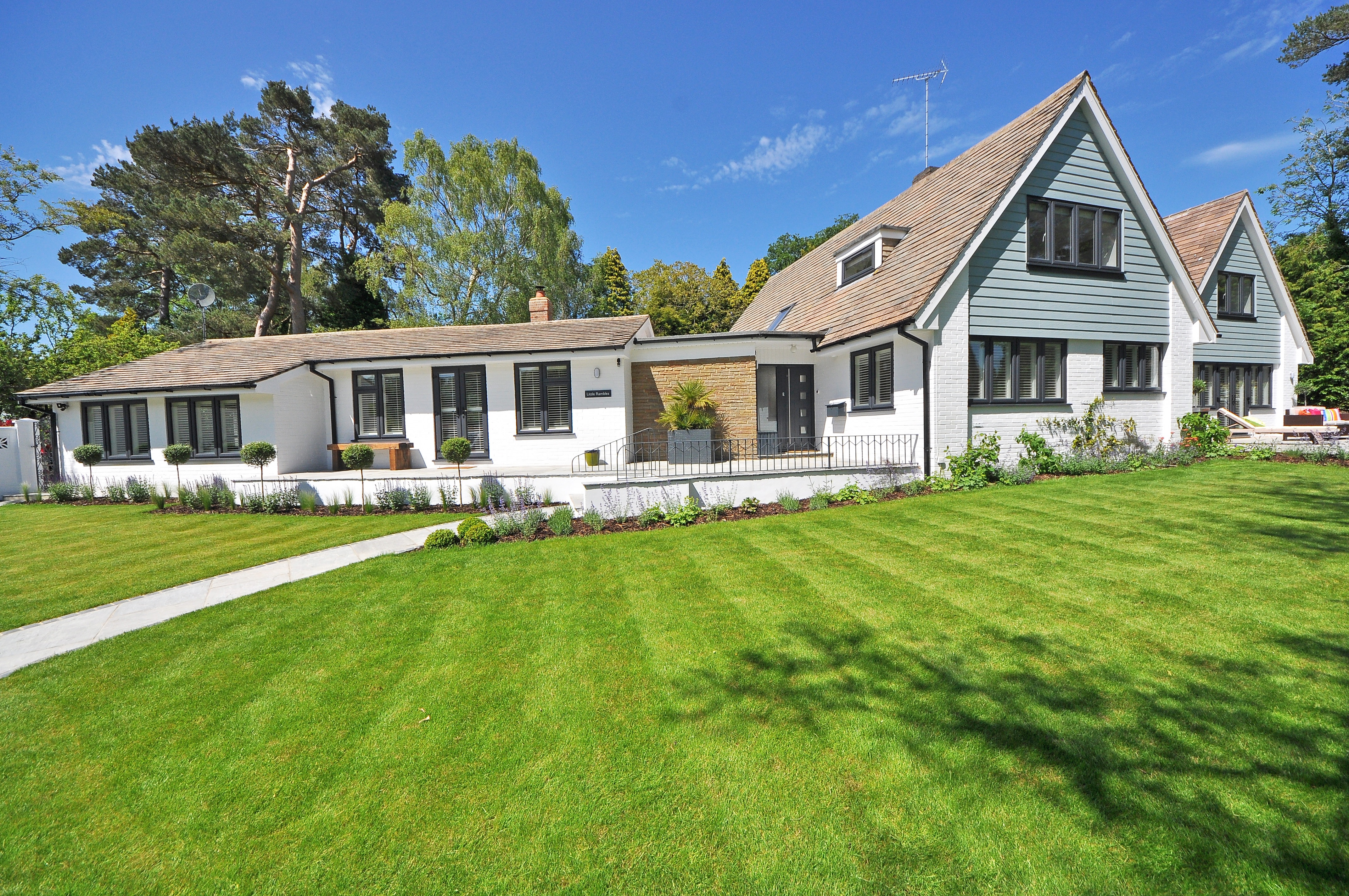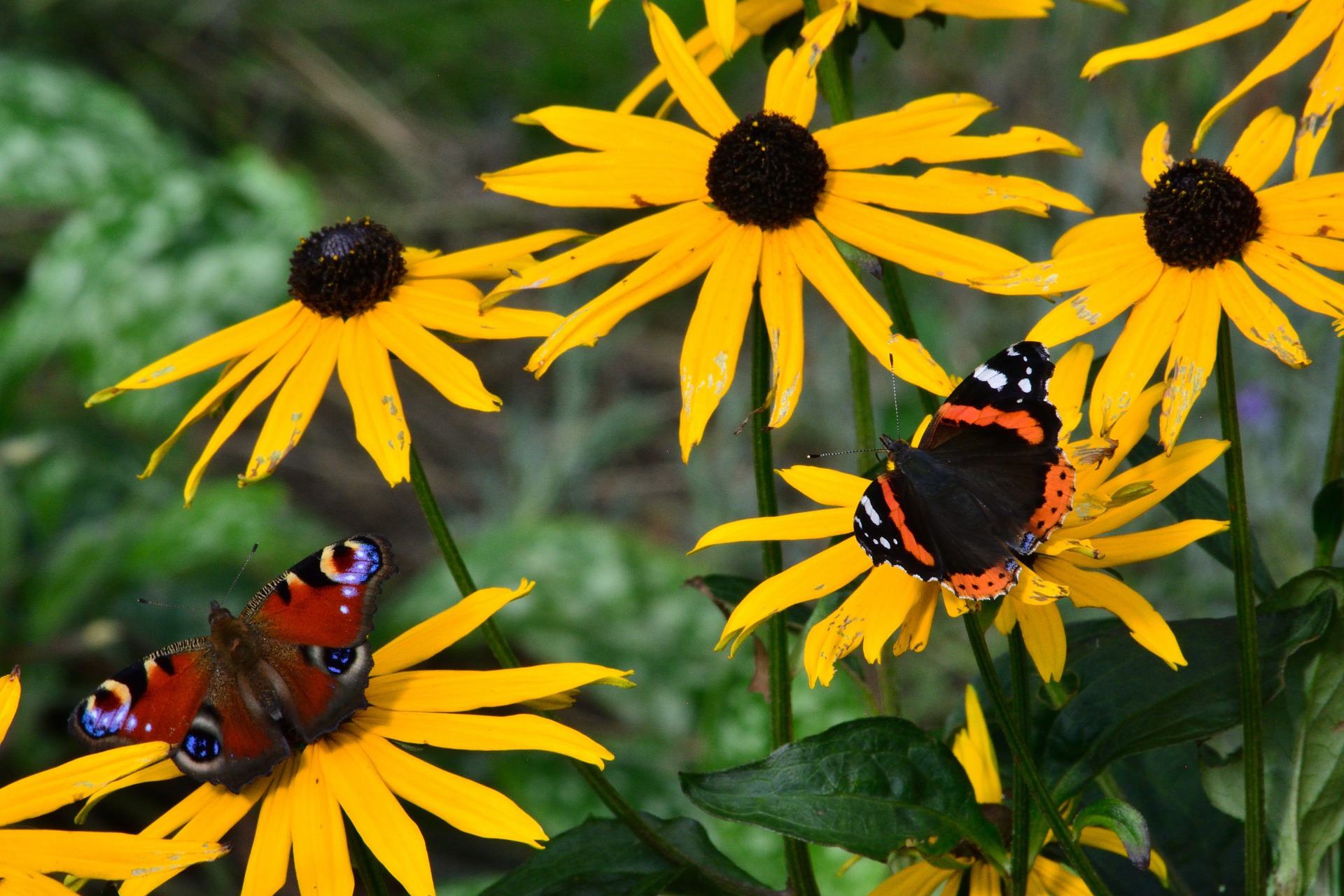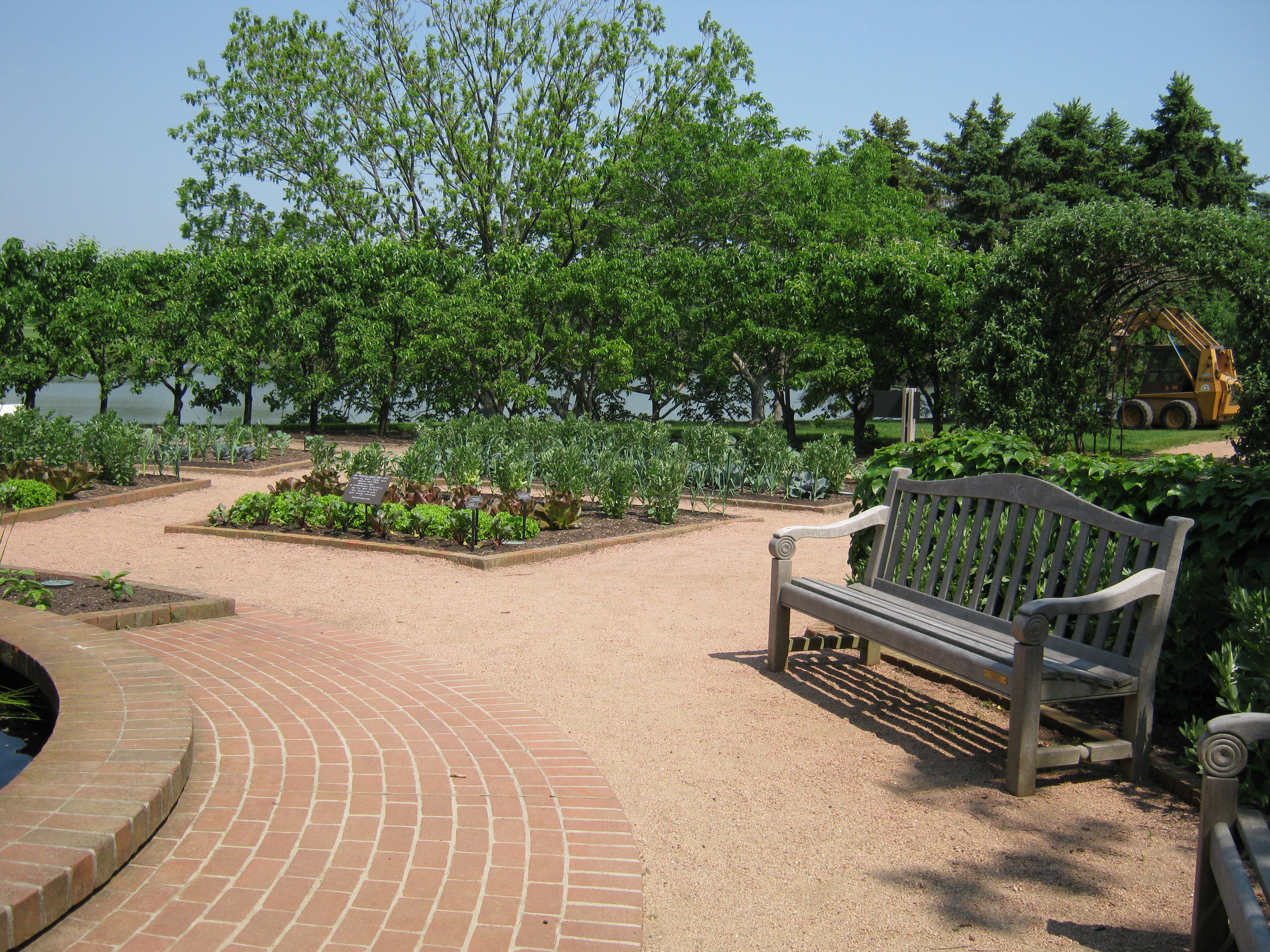After almost two years of fighting a lost cause, we are truly ready to take the plunge. Once the heat of the summer dissipates, we are going to kill off the sorry patch of existing “lawn” we have and start over with an entirely new look.

So far, I’ve had an interesting reaction to our plan from the neighbors; they seem to imagine our new look to be an overgrown, untended weedy mess just like the yard down the street. Actually, nothing could be further from the truth. Giving up the unbroken expanse of traditional Kentucky bluegrass lawn (in our case weeds rather than grass) doesn’t automatically mean that the public face will become an eyesore; it will simply have a change of appearance, one more suited to our lifestyle.

As we have debated going ahead with this project, I have spent lots of time looking at and thinking about lawns. One of the things that I have recently come to realize about them, especially those in the front of suburban homes, is that they are rarely used for anything but display. If anyone is using the lawn area, it is usually for some form of maintenance — mowing or trimming or applying a chemical to kill something (insect or weed). Most Americans rarely “hang out” in their front yards; the majority seem to “play” on the driveway or in the privacy of their backyards, leaving a large area virtually abandoned.

Before beginning any project, but especially one of this type, Dan Nelson, senior designer at Embassy Landscape Group, advises taking time for a thorough initial assessment. He feels that considering these four elements helps his clients think through what they really want and gives him clear direction to design the perfect front landscape.

-
How will the space be used?
- Will it be a gathering space or a place for privacy?
- Will it be a space to observe wildlife?
- Will it be garden space for flowering plants? For edibles?
- Will it simply be a transition space to move from one spot to another?
-
What should the finished space look like?
- What style appeals to you? Is it formal or casual? Traditional or contemporary?
- What works with the architecture of your home?
-
Are the conditions of the space suitable for the design?
- Is it sunny?
- Is it shady most of the day?
- What are the soil and drainage like?
- What is the natural topography?
- What man-made elements already exist?
- Do you want to change any of the man-made elements?
-
How much maintenance do you want to do?
- Are you comfortable doing your own upkeep?
- Do you wish to keep maintenance to an absolute minimum?
- Would you be willing to spend several hours a week caring for the landscape?
Although all of the questions are important, in this situation How will the space be used? and What do you want the space to look like? are the most important ones.
Eliminating or significantly reducing the amount of front yard turfgrass can open up a previously ignored area to new uses and outdoor valuable living space. Adding hardscape, especially with permeable materials, is an option to consider for environmentally sound and sustainable front yard projects.

Expanding an existing entryway with a deck or patio can provide a welcome space to visit with guests or gather spontaneously with neighbors. Adding seating and a table gives a spot to linger in comfort.

Incorporating a gazebo or pergola with a bench, a hammock or set of Adirondack chairs in a shady corner can create a perfect spot to sit quietly alone or together to relax, to read or to just “watch the world go by.”

Including a water feature in the design adds an element of soothing peacefulness that encourages people to stop and rest for a moment in the midst of their busy days. Birds, butterflies and other types of wildlife also welcome a place to stop, drink and play.

Dry stream beds cutting through what was previously expanse of lawn offer a dual function — one practical and one picturesque. During periods of heavy or extended rains, they capture and slow down potentially harmful water runoff allowing the water to slowly and safely seep back into the ground. During dry periods, they add a glimpse of the nature to the landscape, suggesting that a stream will soon appear.

Mulched areas can be substituted for turf, especially in shady areas under trees where grass struggles to grow or in sunny spaces that require frequent waterings. A 3 or 4 inch layer of mulch (what kind of mulch) helps hold moisture in the ground, reduces the need for watering and gives a forgiving surface on which children can safely play.

Creating some meandering pathways gives an opportunity to encounter the unexpected in an otherwise typical suburban landscape and makes a trip, even to the mailbox, much more enjoyable.

In addition to hardscaping materials, broadening the palette of plant materials and updating the design can also transform a typical suburban view into a slice of natural beauty.

Integrating beds of profusely blooming annuals and perennials is an obvious and easily accomplished addition to the front yard landscape. Beds can line walkways, giving a sense of anticipation as walkers make their way to their destinations. They can be placed to define boundaries, creating a sense of protected enclosure. Beds can be designed to act as a focal point, to emphasize a unique feature or to even draw the eye away from an offending view.

In winter, the architectural lines of summer’s plants add an artistic dimension to the landscape that a traditional lawn cannot. Seed pods that remain in winter become food for birds and other creatures, while the leaves and stems become shelter. The landscape continues to be a living one rather than a dormant, empty field.

Butterfly, hummingbird and other specialized gardens can be installed to provide habitat for area creatures. Imagine the neighborhood children’s delight in watching Monarchs change from caterpillars to butterflies and then flock to feed.

Skillfully designed and installed berms can add interest to an otherwise bland topography and can create a sense of privacy for those living next to a busy street.

Introducing appropriate native plants as well as ornamentals in beds not only reduces maintenance, but also benefits the environment in multiple ways. If you missed them, our January 24th and 26th blogs on using native in sustainable landscaping provide much more detail.

Groves of trees and stands of evergreens are also multi-purposed enhancements. Placed properly, both deciduous trees and evergreens reduce energy costs, improve air quality and expand habitat areas for wildlife.

For those who are avid vegetable or herb gardeners, the front garden can be returned to its historically accurate purpose of growing crops for food and medicinal purposes. Most American front yards have enough space for pockets of single crops while some can support gardens large enough and varied enough to feed the family. Unfortunately, many areas still have covenants restricting the height of vegetation, so be sure and check the rules before planting.

As numerous as the alternatives are to expanses of relatively barren turfgrass, many of us (myself included) still have a desire to see healthy and thriving patches of green in our front yards. On one hand, they reassure us that we are fulfilling our obligations to our communities and that we are a credit to the neighborhood. On the other hand, those same lush green lawns remind us that traditional turfgrasses can be detrimental to our environment. What a conundrum!

Luckily, there are solutions. Join us next week as we explore “green” alternatives to traditional turfgrasses. Hope to see you then.
